Brain drain dents Ukraine's economy as war drags on
With 6 million Ukrainians scattered across the globe, their exodus will affect the nation’s job market for years to come, and compound its economic burden, said analysts.
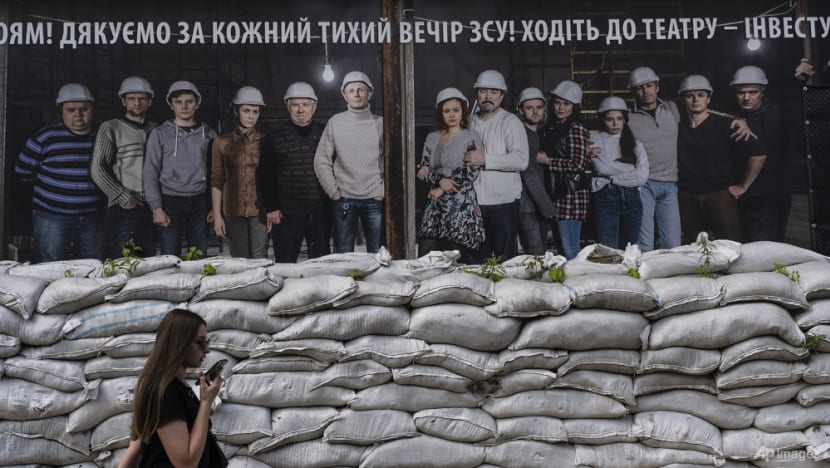

This audio is generated by an AI tool.
KYIV: Millions of people have fled Ukraine since the war began, leaving a shortage of workers to keep the country running.
Some have returned, but at least 6 million Ukrainians still remain scattered across the globe.
A large number of refugees are skilled workers who have left a hole in the nation’s labour market, making it hard for firms to fill the gaps.
Mr Andrii Grushovyii is one employer who has been feeling the lack of workers keenly.
The dentist of 30 years opened a new clinic in the capital Kyiv just before Russia’s full-scale invasion began last February.
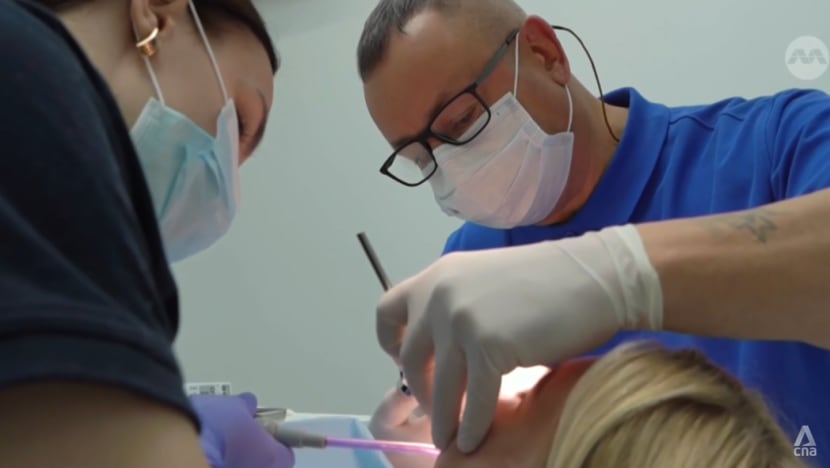
“We are encountering difficulties in finding new employees,” he told CNA.
“Before the war, we had mostly women on our team, and some of them left Ukraine. They are currently working in France, Germany, and other countries.”
BRAIN DRAIN CRISIS
Surveys showed around 50 per cent of Ukrainian refugees have either university or vocational education, and almost one-third are proficient in English.
Their exodus has contributed to a brain drain which will affect the job market for years to come, and compound the country's economic burden, said analysts.
The number of vacancies on one of Ukraine’s biggest job websites reached 105,000 in September – the highest figure since the war began.
Since then, the number has dropped – but only slightly.
To plug the gaps in certain sectors, the government has been giving out education vouchers for people to learn new skills free of charge.
Many companies are also offering mental health support and training programmes for students and internally displaced people.
“We currently have more demand than supply of workers,” said Mr Hlib Vyshlinsky, executive director of think tank the Centre For Economic Strategy.
“One of the reasons is women who left the country with their children at the beginning of war; and another is men who are serving in the military – up to 1 million have been drafted to serve.”
WAR INJURIES AFFECT JOBS
But even among those who have stayed, tens of thousands have suffered injuries that will affect their job prospects.
The number of amputees in the nation is rising as the fighting grinds on.
According to official figures, more than 20,000 Ukrainians have undergone amputations since the invasion began.
Mr Bohdan Tanchyn is one of them. He lost both his legs in the war and now uses a wheelchair to move around.
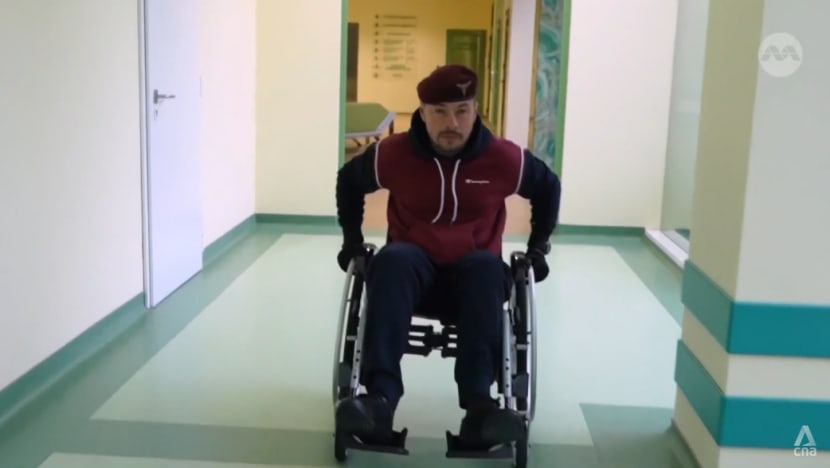
Still, he hopes to return to his hometown and to his pre-war job as a welder after leaving a treatment facility.
“I live in a small city, so everybody knows me and knows my job. They know my shop. Everybody knows I’m serving (in the war) now. When I get back, people will know and then I (hope to be) given some work,” he said.
MEN DRAFTED FOR WAR
Meanwhile, hundreds of thousands of working-age people – especially men – continue to serve in the military to defend Ukraine.
At the nation’s largest private courier company Nova Poshta, about 10 per cent of its staff have been mobilised, leaving a dent in its workforce.
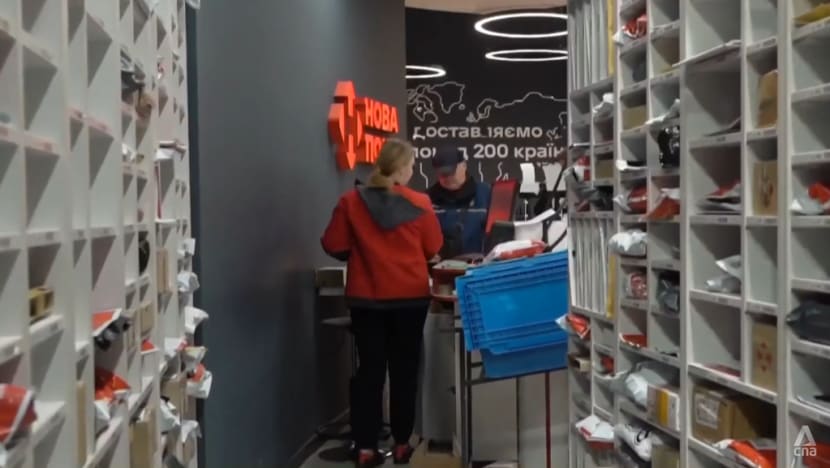
“They are protecting us, they are protecting our country,” said its spokesperson Olha Baburina.
The firm delivers parcels to virtually every corner of Ukraine, including areas close to the frontlines. The only exceptions are Russian-occupied territories.
The job comes with its own dangers, especially near the warzones.
In October, the courier’s depot in the eastern Kharkiv region was hit by a Russian rocket, killing eight people.
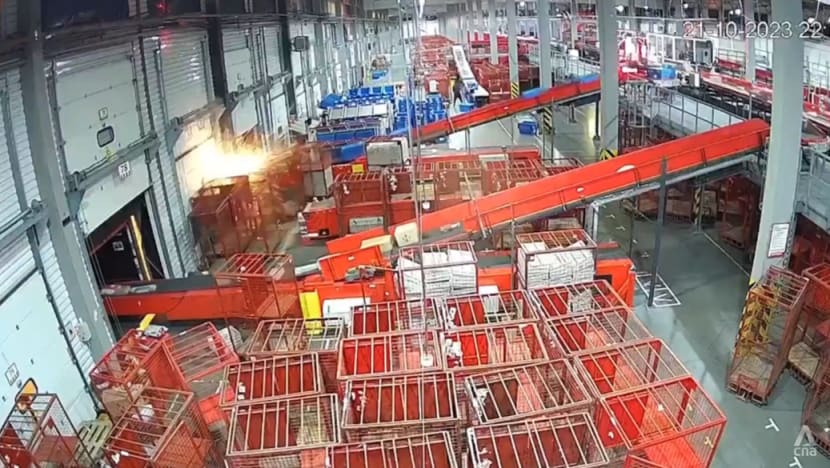
“There are some complications in finding personnel to work in de-occupied territories and the settlements next to the frontlines,” Ms Baburina said. “Because it is difficult mentally and physically to work under constant threat of danger to lose your life.”
But for the employees who have chosen to take that risk, they consider it their mission to deliver to places that have been cut off from other services, she said.
Although the scale may differ, it is a risk shared by many who continue to live and work in the country.















